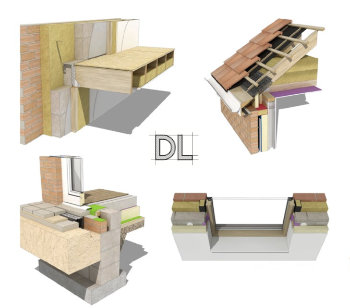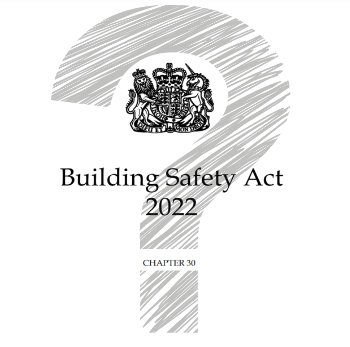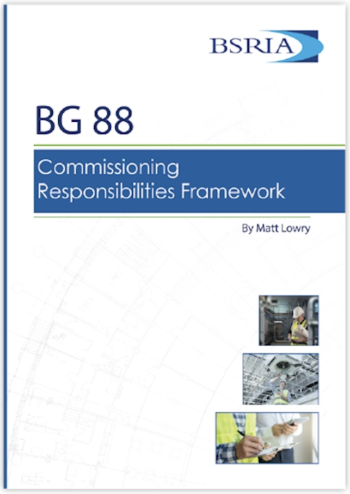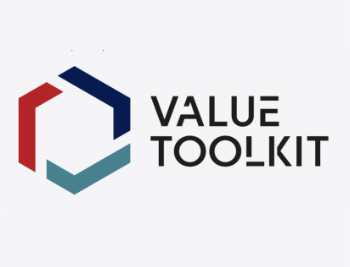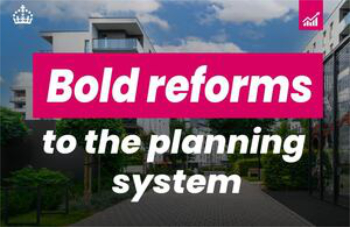ISO 9001
Contents |
[edit] Introduction
The International Organization for Standardisation ISO 9001 standard specifies the requirements for a quality management system where an organisation needs to demonstrate its ability to consistently provide products that meet the requirements of clients, stakeholders and any applicable regulatory requirements.
ISO 9001 belongs to the ISO 9000 family of standards which are related to quality management systems and is the only standard in the family that can be certified (although this is not a requirement). The standards can be used by any organisation, large or small, regardless of its field of activity. ISO 9001:2008 is implemented by over one million companies and organisations in more than 170 countries. This makes it one of the most widely used management tools in the world today.
It is intended to help; save money, increase profit, win more business and satisfy more customers. Requirements focus on quality management systems, management responsibility, resources management, product realisation and measurement, analysis and improvement.
[edit] Construction
When a quality system is applied to a product as complex and unique as a construction project, a specific quality plan must be drafted by applying the company’s global system to the specific project. The plan must be drafted by the contractor before the start of the construction works and will be reviewed throughout its execution.
The quality plan is applicable to the materials, work units and services that have been specifically chosen by the construction company in order to comply with the quality requirements stipulated in the contract. The quality plan is drafted for the construction works when a preventive strategy is needed to guarantee construction quality, even though there might also be a quality manual, in compliance with the ISO 9001 standard requirements.
[edit] Principles
The ISO quality management principles are:
- Principle 1 – Customer focus
- Principle 2 – Leadership
- Principle 3 – Involvement of people
- Principle 4 – Process approach
- Principle 5 – System approach to management
- Principle 6 – Continual improvement
- Principle 7 – Factual approach to decision making
- Principle 8 – Mutually benecial supplier relationship
[edit] Principle 1 – Customer focus
Organisations depend on their customers and therefore should understand current and future customer needs, should meet customer requirements and strive to exceed customer expectations.
Key benefits:
- Increased revenue and market share obtained through flexible and fast responses to market opportunities.
- Increased effectiveness in the use of the organisation’s resources to enhance customer satisfaction.
- Improved customer loyalty leading to repeat business.
Applying the principle of customer focus typically leads to:
- Researching and understanding customer needs and expectations.
- Ensuring that the objectives of the organisation are linked to customer needs and expectations.
- Communicating customer needs and expectations throughout the organisation.
- Measuring customer satisfaction and acting on the results.
- Systematically managing customer relationships.
- Ensuring a balanced approach between satisfying customers and other interested parties (such as owners, employees, suppliers, financiers, local communities and society as a whole).
[edit] Principle 2 – Leadership
Leaders establish unity of purpose and direction for the organisation. They should create and maintain the internal environment in which people can become fully involved in achieving the organisation’s objectives.
Key benefits:
- People will understand and be motivated towards the organisation’s goals and objectives.
- Activities are evaluated, aligned and implemented in a unified way.
- Miscommunication between levels of an organisation will be minimised.
Applying the principle of leadership typically leads to:
- Considering the needs of all interested parties including customers, owners, employees, suppliers, financiers, local communities and society as a whole.
- Establishing a clear vision of the organisation’s future.
- Setting challenging goals and targets.
- Creating and sustaining shared values, fairness and ethical role models at all levels of the organisation.
- Establishing trust and eliminating fear.
- Providing people with the required resources, training and freedom to act with responsibility and accountability.
- Inspiring, encouraging and recognising people’s contributions.
[edit] Related articles on Designing Buildings Wiki
- British standards.
- BS ISO 10845
- ISO 14001.
- ISO 9000.
- How to check certification.
- Kite mark.
- Plan, Do, Check, Act (PDCA).
- Publicly available specification.
- Quality management systems (QMS) - beyond the documentation.
- Quality manuals and quality plans.
- Standard operating procedure.
[edit] External references.
Featured articles and news
From studies, to books to a new project, with founder Emma Walshaw.
Types of drawings for building design
Still one of the most popular articles the A-Z of drawings.
Who, or What Does the Building Safety Act Apply To?
From compliance to competence in brief.
The remarkable story of a Highland architect.
Commissioning Responsibilities Framework BG 88/2025
BSRIA guidance on establishing clear roles and responsibilities for commissioning tasks.
An architectural movement to love or hate.
Don’t take British stone for granted
It won’t survive on supplying the heritage sector alone.
The Constructing Excellence Value Toolkit
Driving value-based decision making in construction.
Meet CIOB event in Northern Ireland
Inspiring the next generation of construction talent.
Reasons for using MVHR systems
6 reasons for a whole-house approach to ventilation.
Supplementary Planning Documents, a reminder
As used by the City of London to introduce a Retrofit first policy.
The what, how, why and when of deposit return schemes
Circular economy steps for plastic bottles and cans in England and Northern Ireland draws.
Join forces and share Building Safety knowledge in 2025
Why and how to contribute to the Building Safety Wiki.
Reporting on Payment Practices and Performance Regs
Approved amendment coming into effect 1 March 2025.
A new CIOB TIS on discharging CDM 2015 duties
Practical steps that can be undertaken in the Management of Contractors to discharge the relevant CDM 2015 duties.
Planning for homes by transport hubs
Next steps for infrastructure following the updated NPPF.







